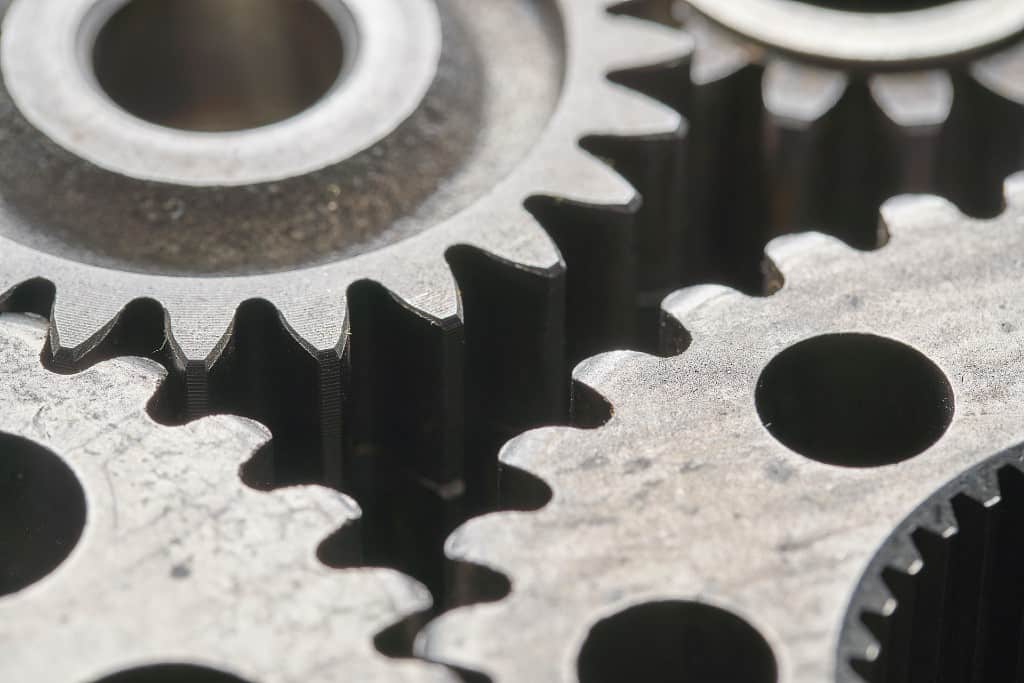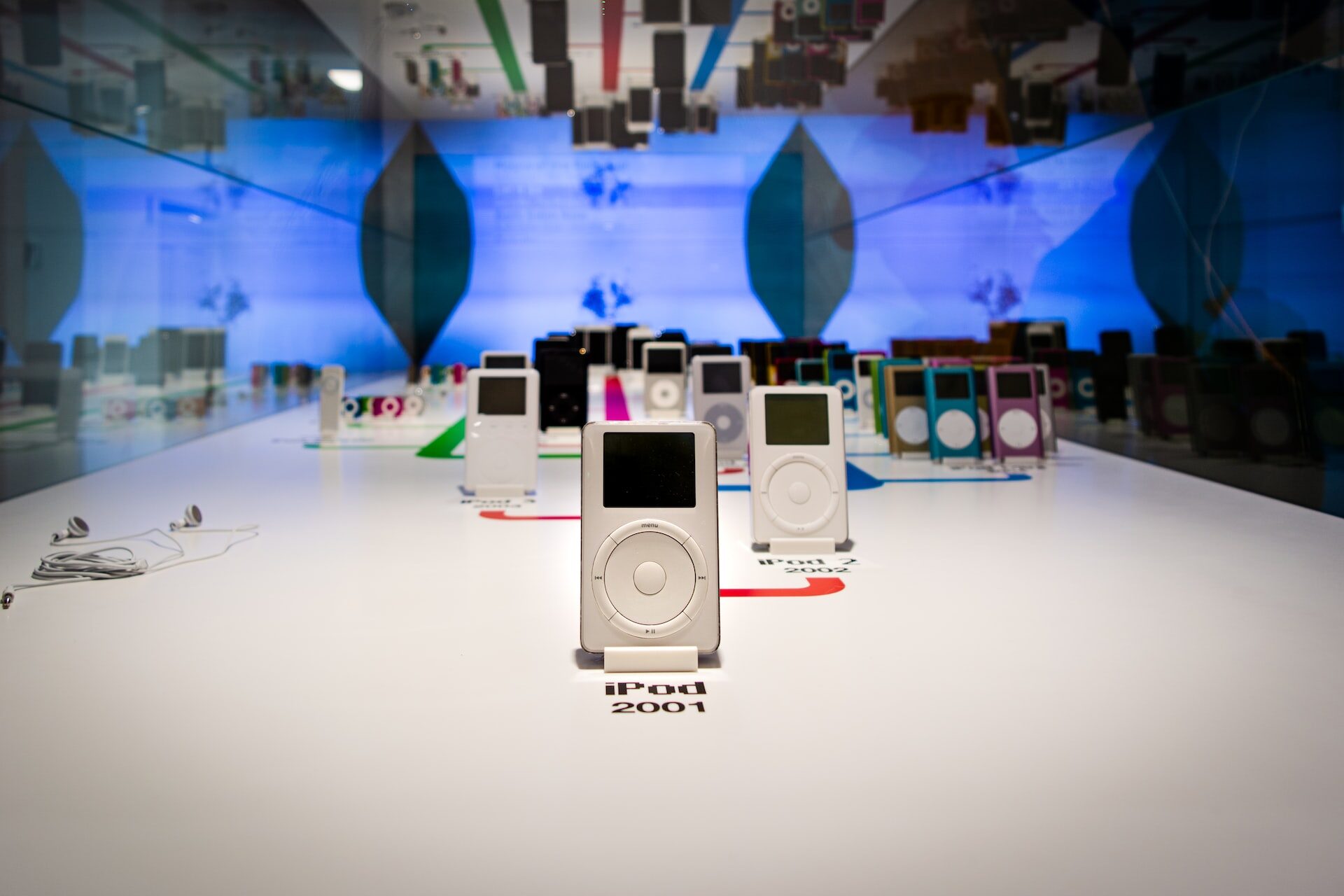
How is Velo3D Shaking Up 3D Metal Printing?
August 12, 2021 - Emily Newton
Revolutionized is reader-supported. When you buy through links on our site, we may earn an affiliate commission. Learn more here.
Additive manufacturing techniques, like 3D metal printing, play a growing role in modern manufacturing. The technology allows manufacturers to fabricate new components or products faster, more affordably, and with less waste. In some cases, the approach even enables the production of components that would be impossible with traditional techniques.
However, advanced 3D printing solutions aren’t right for every situation manufacturing certain materials may be usable, and more complex product geometries may be impossible — requiring manufacturers to turn to traditional approaches to fabricate some products.
Businesses like Velo3D may soon change this. The company, a provider of manufacturing solutions, is developing new technology that expands the potential applications of 3D technology — making 3D printing metal and electronics more practical.
Applications and Limitations of Mainstream 3D Printing Technology
For manufacturers, 3D printing offers a few major advantages over traditional manufacturing. Additive manufacturing can be both more affordable and accessible, allowing businesses to bring some or all of their manufacturing processes in-house without the space and capital needed for conventional manufacturing equipment.
3D printing can also enable printed components with unique shapes that could be difficult or impossible to achieve with subtractive manufacturing techniques, like machining and milling, or with cast molds.
Prototyping with traditional 3D printing and 3D metal printing can be much faster than with conventional methods. Often, it’s possible for businesses to move from a new iteration of a component to a printed prototype within a few days or even hours.
This rapid prototyping approach allows designers to test a wider variety of designs. Designers can embrace greater experimentation in the design process, while also enabling faster turnaround on prototyping in general.
Importantly, 3D printers also enables the on-demand the creation of individual parts and components. This is often possible without requiring the prior existence of workflows or molds.
Replacement parts for legacy equipment or low-volume products could be printed on-demand, ensuring that businesses can support customers with replacement parts for much longer than they would be able to otherwise.
Typically, this technology is used to create simple components or products. However, it’s also enabling the 3D printing of electronic components like circuit boards.
Limitations of 3D Printing Technology
However, 3D printing is not ready to replace all traditional manufacturing methods — at least not yet. There exist significant limitations to 3D printing techniques and materials that many mainstream printing solutions can’t resolve. For example, most 3D printers are designed to use common, commercially available plastic filaments.
The Limitations with Plastics
These plastics have advantages — they’re lightweight, durable, and much cheaper than many other materials — but also some significant drawbacks. Plastics sometimes have poor mechanical characteristics, and some popular 3D printing plastics — like PLA — will naturally disintegrate over time.
While alternatives to plastics exist, it’s not uncommon for many mainstream printers to be unable to use print methods that enable those alternative materials — like laser or electron powder bed fusion, a print technique that allows the printing of metal objects from metal powders.
Alternatives to plastic are sometimes necessary for standard manufacturing processes. Metal, for example, is essential in many industries, due to mechanical and thermal properties that most plastic filaments lack.
The Benefits of 3D Metal Printing
Metal is also conductive, unlike plastic, which can sometimes be desirable. Metal also tends to expand and contract less in response to changing temperatures and will not degrade over time by exposure to ultraviolet light.
The greater thermal conductivity of metals on average means it can stand up better to high-heat environments — like environments that parts for aircraft, engines, and industrial machinery may be in.
Unlike most metals, plastic is also extremely difficult or sometimes impossible to recycle. It’s often possible to recycle metal components cost-effectively. Sometimes recyclers can recover almost 100% of the original metal used. Landfilled plastic can also have a more serious environmental impact than metal. This gives businesses even more reason to avoid plastics in favor of metals where possible.
Being able to switch from polymer plastics to metals could have major implications for the applicability of 3D metal printing in the industrial sector as well as the sustainability of the technology.
Scaling With 3D Printing
The most common 3D printing solutions also aren’t full-stack by default. This means businesses that adopt 3D printing technology must find ways to bridge the gap between prototyping, preplanning, and quality assurance.
As manufacturing scales up, this can cause serious problems for manufacturers. Businesses may be forced to constantly adjust workflows to bring together technology from different providers if they want to continue producing finished products at the scale needed to meet demand.
Depending on the 3D metal printing solution, cost can also become a serious challenge as demand increases. While cheap in small production runs, 3D printing can quickly become just as expensive or more expensive than conventional manufacturing at scale.
As the 3D metal printing market grows and manufacturers begin to experiment with the technology more often, they’ve started to need new methods that help bridge the gaps between prototyping, small-scale production, and mass production.
Velo3D’s Full-Stack Approach to 3D Manufacturing
Enter Velo3D. The company’s suite of products and services has already helped many businesses apply 3D printing to manufacturing processes that require intricate and complex parts. One of the company’s primary innovations is its Sapphire metal additive manufacturing system. It’s a high-volume metal 3D printer that uses the laser powder bed fusion (LPBF) approach to print 3D metal components.
Software Solutions
The printer also features a proprietary 3D printing technology called Intelligent Fusion. The tech uses process simulation and prediction to enable the printing of complex geometries and overhangs. This kind of complexity is often necessary for parts common in critical engineering projects, like aircraft and spacecraft.
The preplanning software, combined with the company’s proprietary QA solution — Velo3D Assure — means businesses that work with Velo3D have access to a full-stack process for 3D printing metal components.
In practice, this platform combines one of the key benefits of 3D printing with scalability. For enterprise manufacturers, this scalability is essential and makes 3D metal printing a much more practical option than it would be otherwise.
Streamlining the Manufacturing Process
Greater complexity in printed parts also makes part consolidation much easier. The more intricate or complex a geometry the 3D printing system can produce, the fewer parts need to be manufactured. Fewer parts mean less money spent on assembly, streamlined manufacturing processes, and in some cases simpler or quicker repairs.
The company is also innovating in the 3D electronics printing space. In 2020, Velo3D announced it was teaming up with semiconductor specialist Lam Research to develop new metal alloys for the Sapphire printer. These alloys are critical to the manufacturing of semiconductors. This partnership could significantly improve existing manufacturing processes for semiconductors and related electronic devices, like microprocessors and memory devices.
Specific Use-Cases of Velo3D Technology
Velo3D’s products enable workflows that were previously impractical or even impossible with most additive manufacturing technology. Their system helps the company provide better 3D printing solutions to industries that use 3D printing but require parts that can stand up to high-strain environments.
One of the company’s major innovations is a new technique that enables the printing of aluminum F357, a high-performance alloy that is often essential for certain manufacturing applications. One of the most significant benefits of F357 is the alloy’s similarities to aluminum A356. A356 is a widely used metal casting alloy with good corrosion resistance and high weldability. Being able to print F357 allows manufacturers who currently rely on casting aluminum to use 3D metal printing instead.
Velo3D’s Place in a Changing Additive Manufacturing Market
The 3D printing market is on track to grow rapidly over the next few years. Manufacturers of all kinds are using the technology to streamline manufacturing workflows and accelerate prototyping. Innovators need to work fast to develop new tech to overcome current limitations as the market grows.
Velo3D’s Sapphire system is one example of how the industry will transform over the next few years. The solution uses a novel approach to 3D metal printing and is built for heavy-duty manufacturing. This helps expand the range of applications possible with additive manufacturing technology. Similar solutions could help transform manufacturing over the next few years. We may see more manufacturers swap conventional methods for new additive manufacturing approaches.
Revolutionized is reader-supported. When you buy through links on our site, we may earn an affiliate commission. Learn more here.
Author
Emily Newton
Emily Newton is a technology and industrial journalist and the Editor in Chief of Revolutionized. She manages the sites publishing schedule, SEO optimization and content strategy. Emily enjoys writing and researching articles about how technology is changing every industry. When she isn't working, Emily enjoys playing video games or curling up with a good book.




